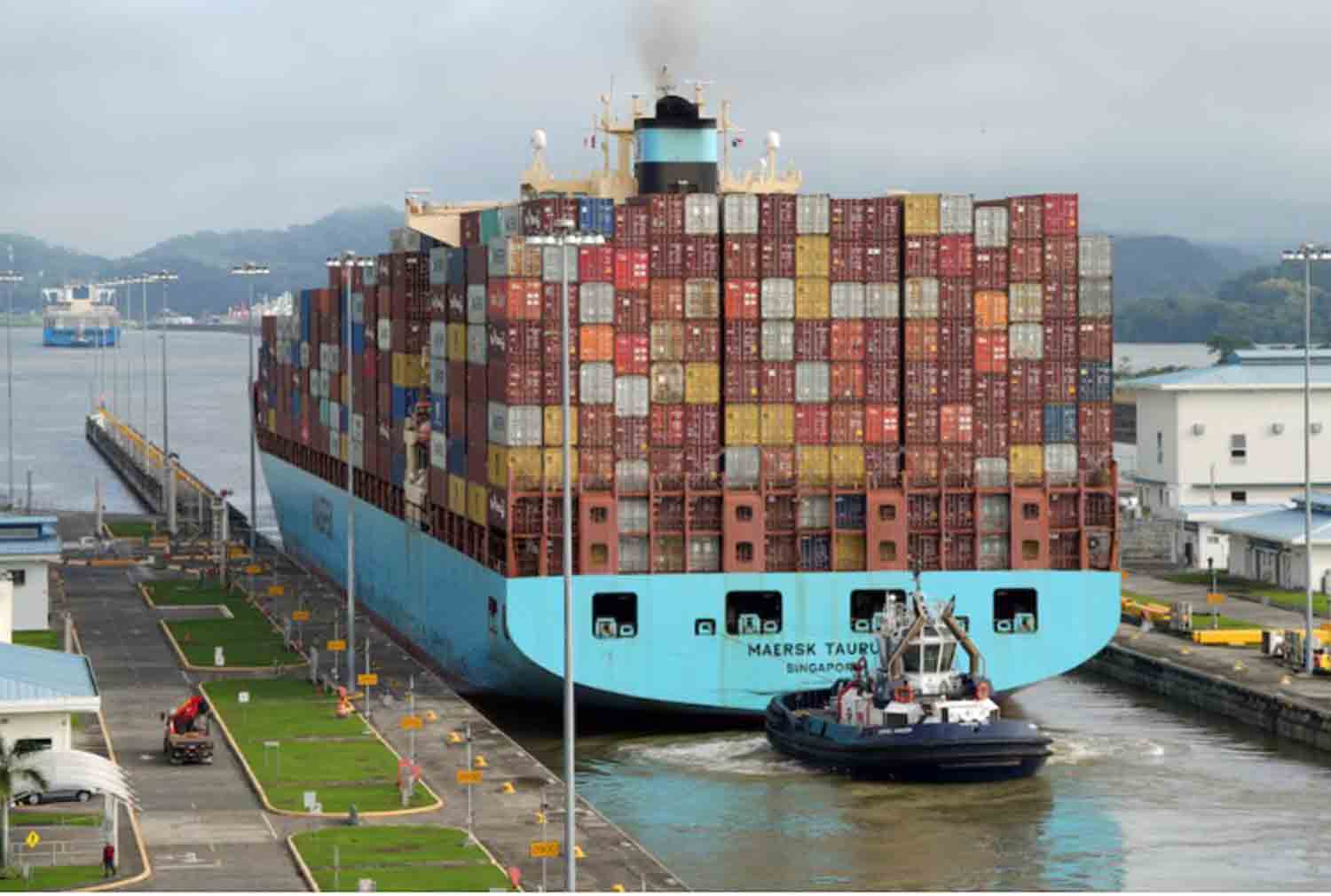In recent weeks, during his time as president-elect, Donald Trump publicly asserted that the Panama Canal should be returned to the United States and indicated that he would not dismiss the possibility of using military force to reclaim it. At his inauguration on Monday, Trump reaffirmed this stance.
His threat to overturn decades of established American policy and potentially engage in military action to regain the canal would represent a significant shift for a president who has criticized U.S. military involvement in Middle Eastern conflicts, and it would likely be difficult to justify to the American populace.
The return of the Panama Canal to Panama was negotiated by President Jimmy Carter, who secured the necessary two-thirds majority in the U.S. Senate to ratify the Panama Canal treaties in 1978. Carter believed that transferring control of the canal to the Panamanian government was a moral imperative, reflecting a departure from a period when the U.S. maintained a quasi-colonial influence in Central America.
It is important to recognize that the Panama Canal treaties were supported by presidents from both political parties; Ronald Reagan, George H.W. Bush, and Bill Clinton all acknowledged their commitment to the agreements, which culminated in the complete transfer of canal operations to Panama on December 31, 1999.
Since that time, the management of the canal by Panamanian authorities has not been a contentious issue, with over two-thirds of the vessels using the canal either departing from or arriving at American ports, as reported by the U.S. International Trade Administration.
In response to Trump’s claims regarding the canal, Panama’s President José Raúl Mulino issued a statement in December asserting, “As President, I want to express precisely that every square meter of the Panama Canal and its adjacent area belong to PANAMA, and will continue to be.”
This appears to have resolved the issue, but earlier this month, Trump introduced the possibility of US military intervention to reclaim the canal.
Engaging in a conflict to secure the canal zone would be a significant undertaking. The area spans over 500 square miles, and Panama has a population of 4.5 million, many of whom would likely oppose any form of American occupation.
According to estimates from the US Army, an effective counterinsurgency operation requires at least “twenty counterinsurgents per 1,000 residents.” Based on Panama’s population, this would necessitate approximately 90,000 US troops.
Such a military endeavor would also entangle the US in another land conflict, a scenario that Trump has frequently criticized.
Furthermore, on what grounds could Trump authorize US troops to take control of the Panama Canal? Generally, a congressional resolution would be required to sanction the use of force, as established since the 9/11 attacks, which permits action against groups like al-Qaeda and ISIS.
Any military takeover of the Panama Canal would significantly disrupt global trade, as approximately 6% of international trade transits through it. This situation would arise concurrently with the Houthis in Yemen, who have been targeting vessels in the Red Sea with drones and missiles, affecting another vital trade route linked to the Suez Canal, which handles an additional 12% of global trade.
Trump has established his political career by adopting unconventional approaches; however, trying to reclaim the canal—whether through intimidation of the Panamanian government or military intervention—would be a perilous endeavor with low chances of success.
Discover more from Defence Talks | Defense News Hub, Military Updates, Security Insights
Subscribe to get the latest posts sent to your email.





